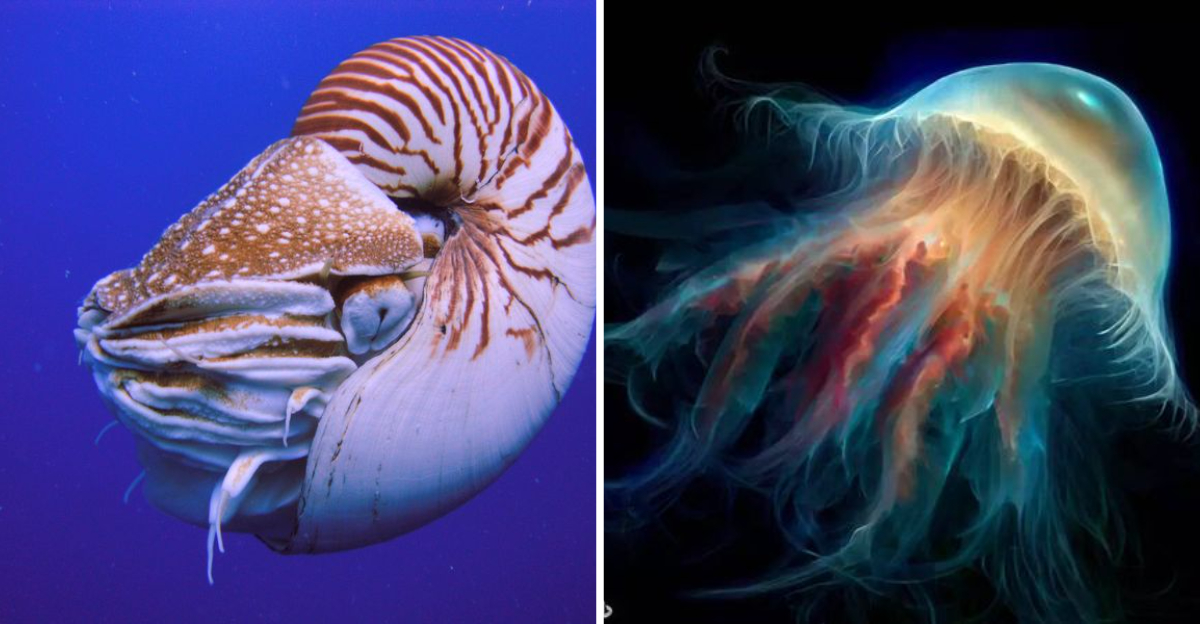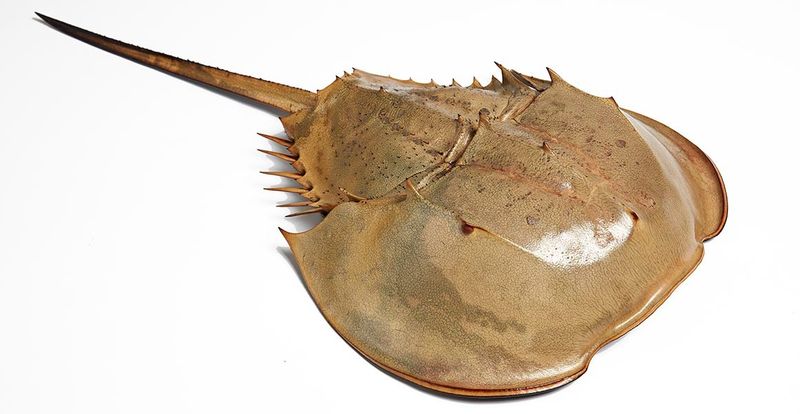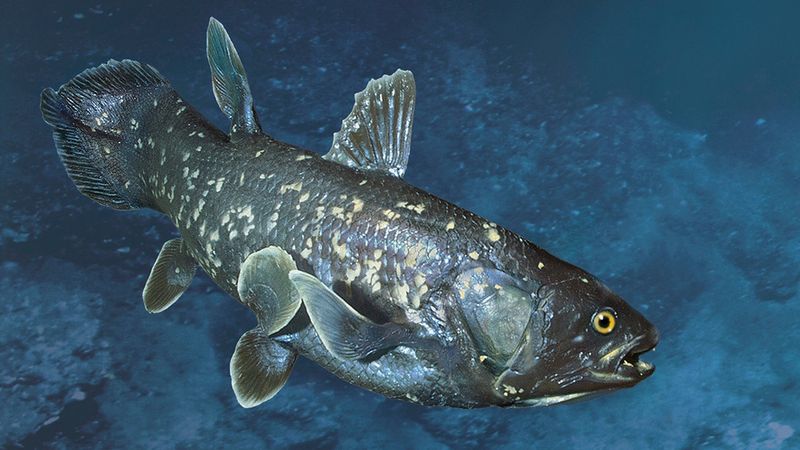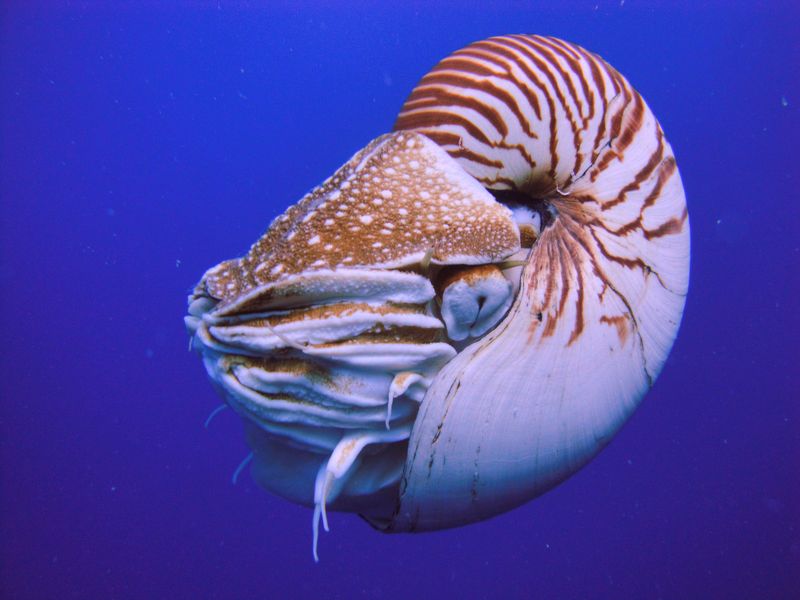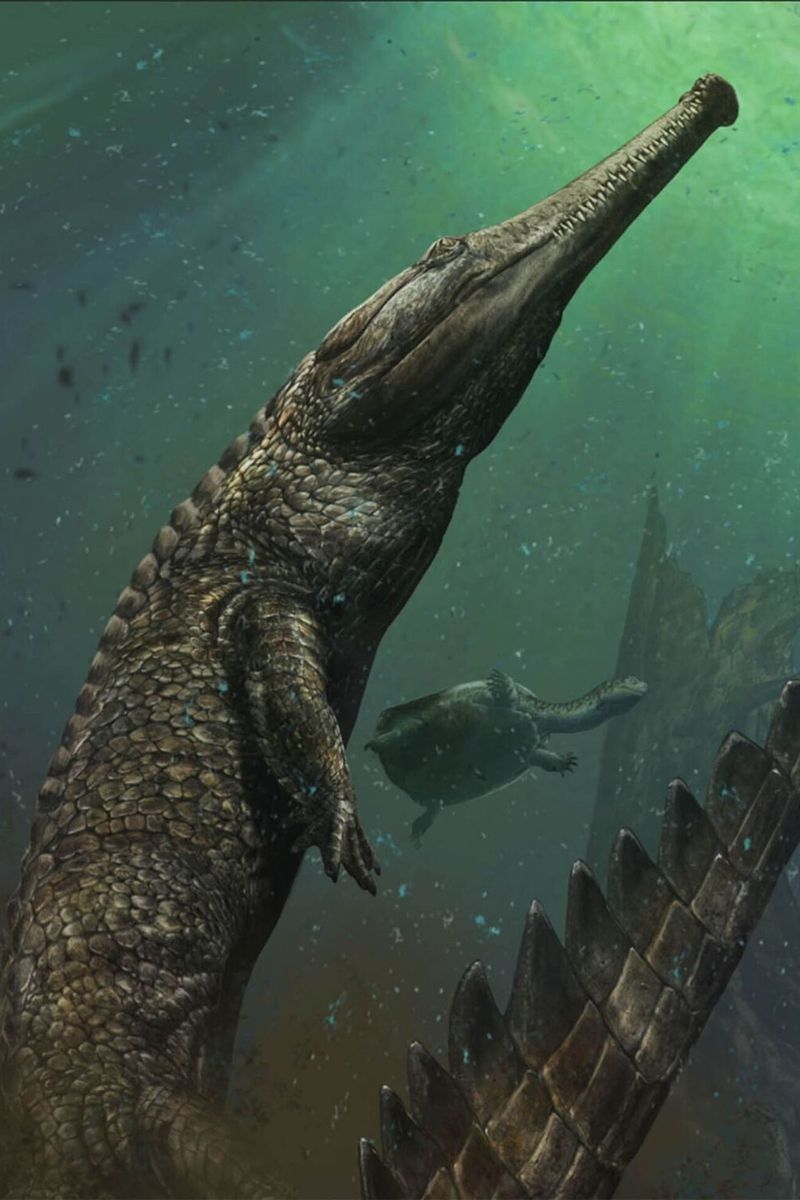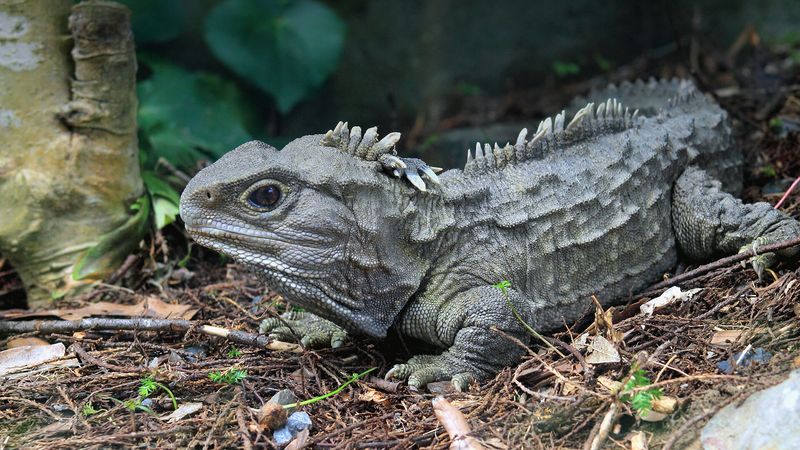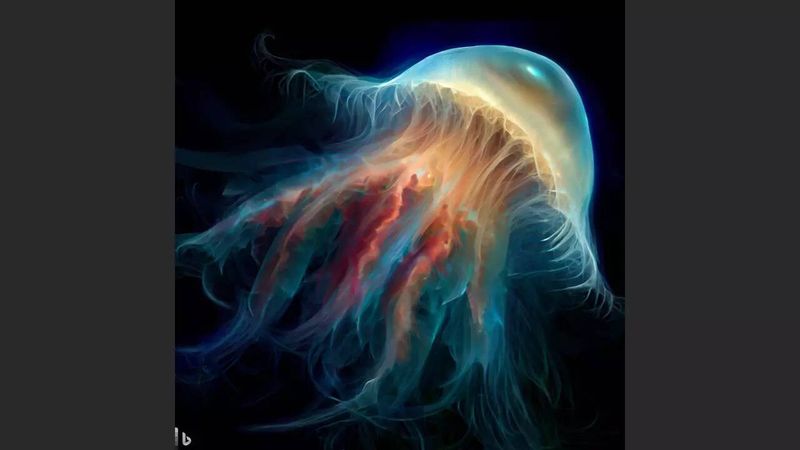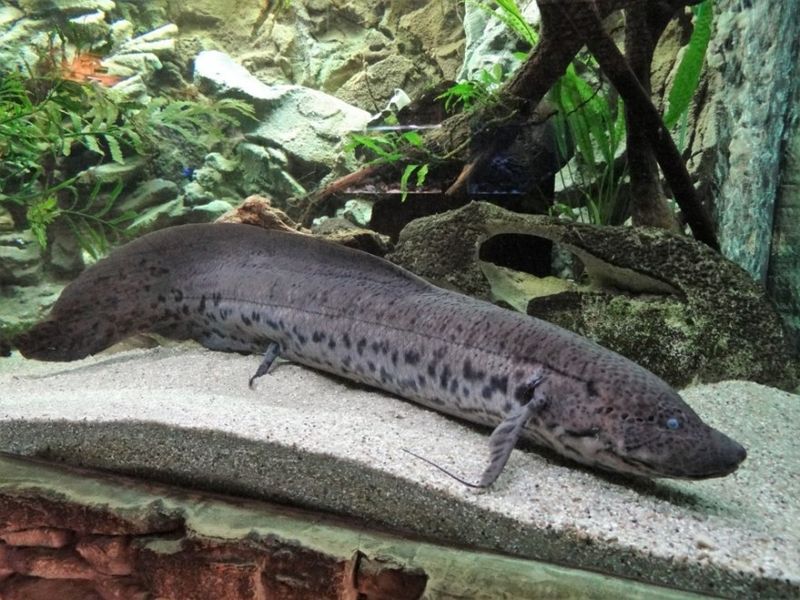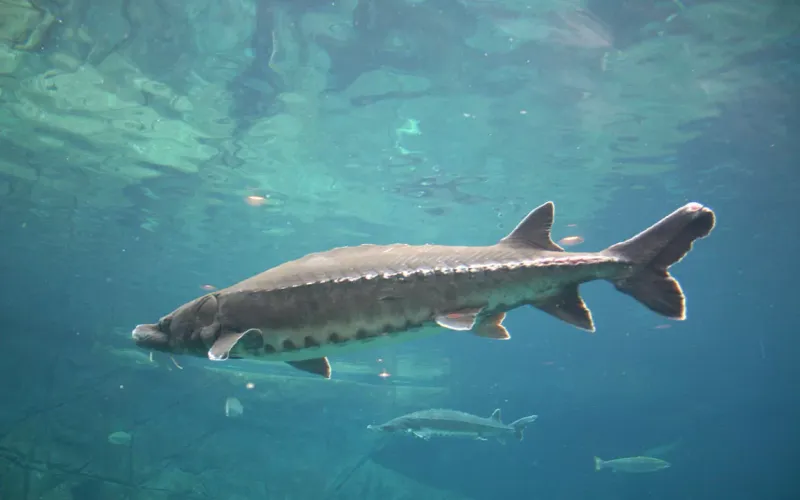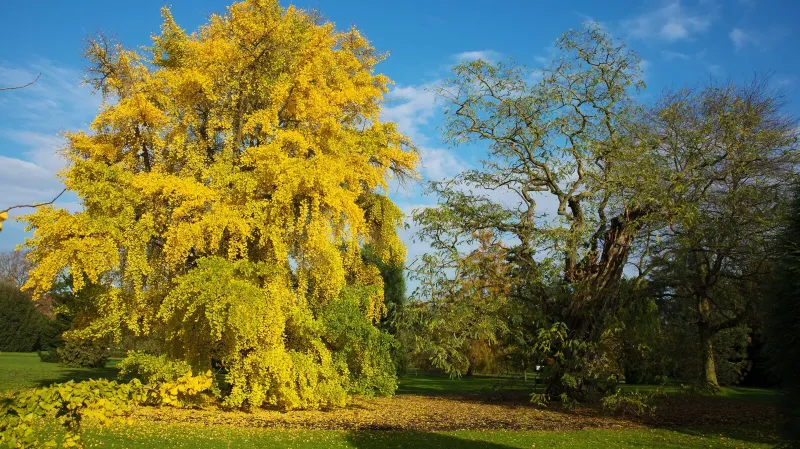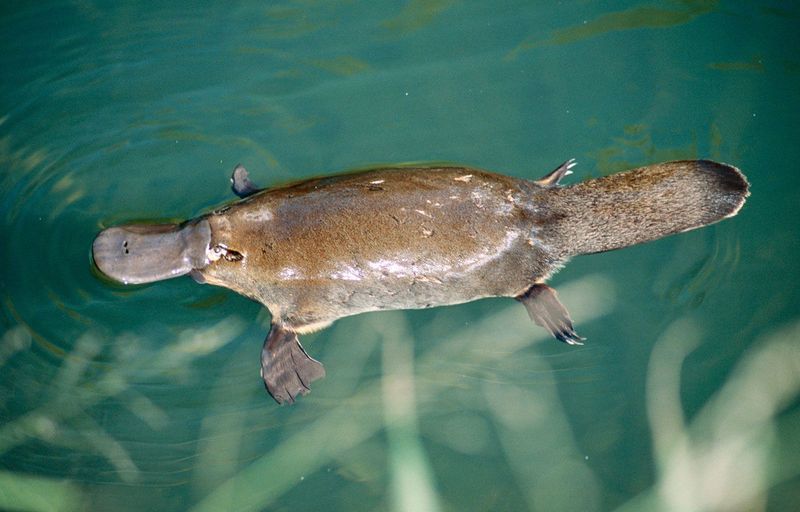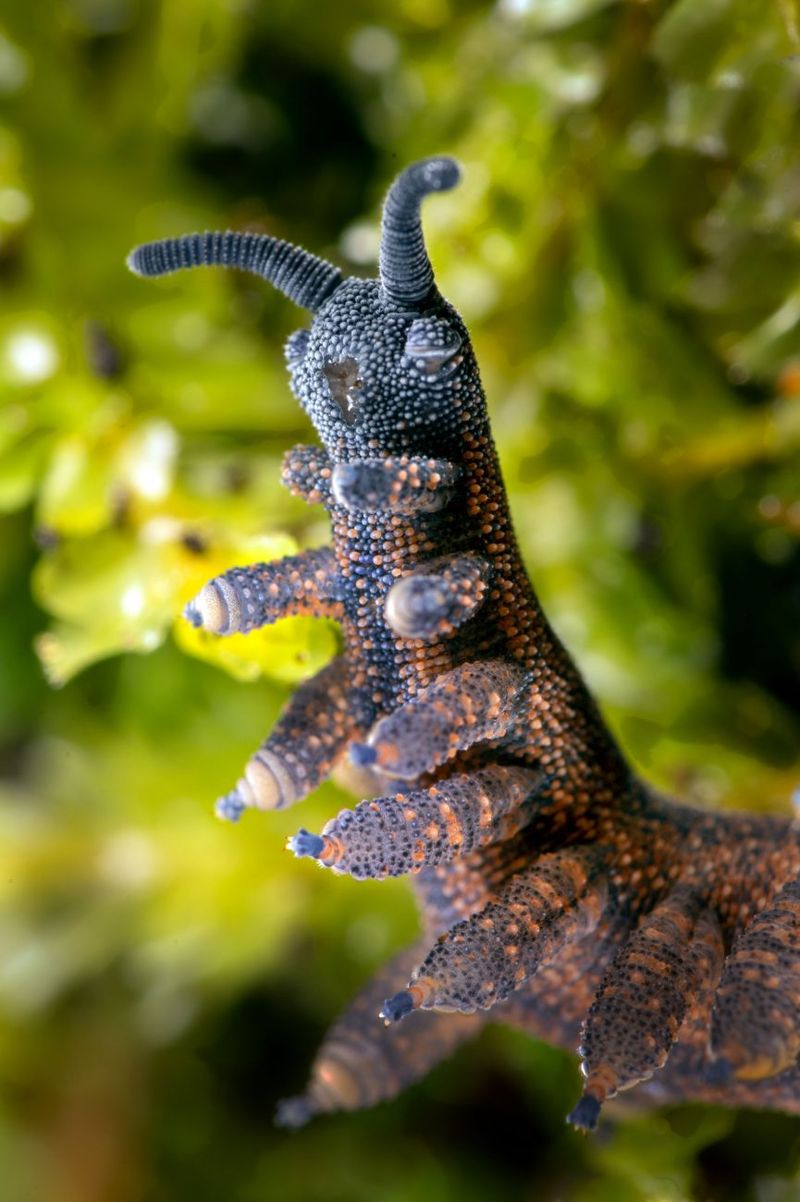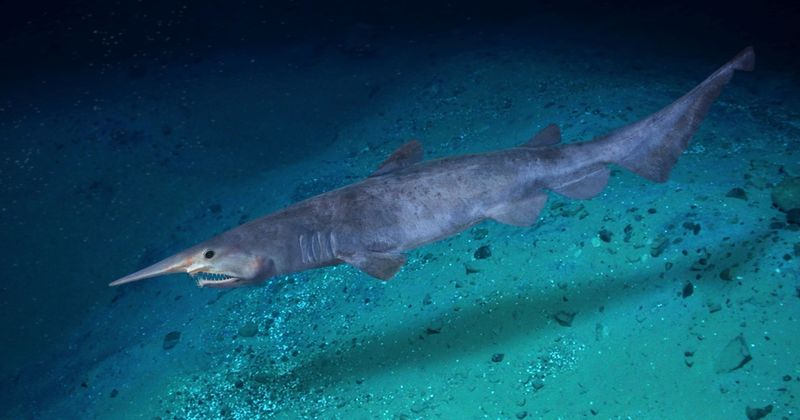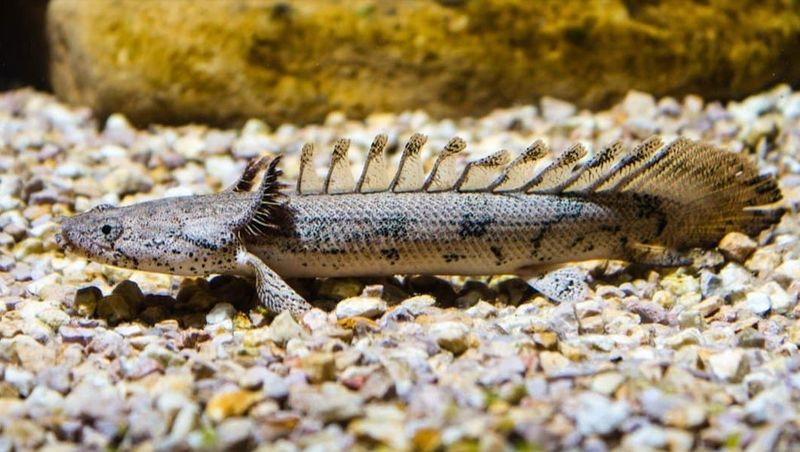Some creatures are so perfectly adapted to their environments that they’ve remained virtually unchanged for millions of years. These “living fossils” give us a glimpse into Earth’s prehistoric past, surviving when so many others vanished. Here are 13 animals that have stood the test of time:
1. Horseshoe Crab
With its peculiar helmet-like shell and tail spine, the horseshoe crab seems like a creature from another era. It has existed for over 450 million years, pre-dating even the mighty dinosaurs. More closely related to spiders than crabs, these marine arthropods are a testament to nature’s successful designs. On moonlit nights, they come ashore to lay eggs, a ritual that’s been repeated for eons. Their blue blood, rich in copper, is a marvel of evolutionary adaptation, playing a crucial role in medical science today. Did you know? Their blood is used to ensure the sterility of medical equipment.
2. Coelacanth
Imagine a fish that was thought to have been extinct for millions of years, only to be rediscovered in 1938. The coelacanth is exactly this, a deep-sea marvel that has survived for about 400 million years. Its lobe-finned body and unique limb-like fins are unlike any other fish today. Often found in dark underwater caves, they can grow up to 6.5 feet, gliding slowly through the deep. These enigmatic creatures still hold many secrets of ancient marine life. Despite their size and age, they remain elusive, sparking wonder among scientists and enthusiasts alike.
3. Nautilus
In the swirling tides of the ocean, the nautilus floats gracefully, its spiral shell unchanged for over 500 million years. This ancient mariner offers a peek into the world of prehistoric seas with its buoyancy and unique jet propulsion. Its shell, a natural marvel of geometric perfection, provides protection and aids in floating. Inside, the nautilus has numerous tentacles, which it uses to explore and capture prey. Often called a living fossil, the nautilus embodies the timeless beauty and resilience of nature’s creations. It’s a symbol of survival and adaptation.
4. Crocodile
With a grin that hasn’t changed for 200 million years, crocodiles are both fascinating and fearsome. These predators have perfected the art of survival, with adaptive traits that have seen them through dramatic shifts in Earth’s history. Their ambush hunting style, armored skin, and incredible strength make them masters of their domain. Lurking in the water, they wait patiently for prey, showcasing unrivaled patience and stealth. Did you know? Crocodiles can go months without eating due to their slow metabolism. Their ancient lineage makes them living snapshots of the past.
5. Tuatara
Tuatara may resemble a lizard, but this unique reptile is an ancient wonder native to New Zealand. It’s the only surviving member of a group that thrived 200 million years ago, embodying a time capsule of evolutionary history. With a third eye on their forehead for sensing light changes and spiky skin, they are truly remarkable. These reptiles lead solitary lives, often found basking in the sun or hiding in burrows. The tuatara’s slow growth rate and long lifespan – they can live over 100 years – are key to their enduring success. They are national treasures.
6. Jellyfish
Floating through Earth’s oceans for over 500 million years, jellyfish are the ethereal phantoms of the sea. With their gelatinous bodies and drifting tentacles, they seem almost otherworldly. Their simplicity is the secret to their endurance. Without complex organs, jellyfish rely on ocean currents for movement and food. They pulse gently, glowing in the dark depths, mesmerizing with bioluminescence. Though they may sting, jellyfish play a vital role in marine ecosystems, controlling plankton populations. Their timeless presence reminds us of nature’s enduring grace and the mysteries of the deep blue sea.
7. Lungfish
Lungfish are a testament to extraordinary adaptability, breathing both water and air for over 400 million years. These ancient fish possess lungs, allowing them to survive in droughts by burrowing into mud. With a lifestyle that blurs the line between aquatic and terrestrial, lungfish have thrived through epochs when other species faltered. Their ability to aestivate, or hibernate during dry seasons, is a remarkable adaptation. Lungfish remind us of the evolutionary bridge between sea and land, a living link to our distant past, where life ventured from water to explore new horizons.
8. Sturgeon
Often referred to as “living dinosaurs,” sturgeon are a blend of elegance and endurance, existing for about 200 million years. These ancient fish boast a distinctive, armored appearance with bony plates along their bodies. Sturgeons are river giants, known for their long migrations and prized caviar. Their slow growth and late maturity are testaments to their resilience over millennia. Despite facing threats from overfishing and habitat loss, sturgeons persist, symbolizing the enduring rhythms of river life. Their presence is a reminder of the intricate tapestry of life that stretches back to prehistoric times.
9. Ginkgo Tree
While not an animal, the ginkgo tree stands as a botanical marvel, unchanged for 270 million years. Its fan-shaped leaves, turning golden in autumn, create breathtaking displays. Ginkgo trees are living fossils, revered in cultures worldwide for their resilience and beauty. They can thrive in urban environments, resisting pollution and disease, making them popular in city landscapes. Their seeds, used in traditional medicine, add another layer to their storied legacy. Ginkgo trees bridge the past with the present, a living testament to nature’s enduring artistry and adaptability.
10. Platypus
With a face that only a mother could love, the platypus is a curious blend of traits, existing for about 100 million years. This mammal lays eggs, has a duck-bill, and webbed feet, making it a biological puzzle. Native to Australia, platypuses are skilled swimmers, using their dense fur for insulation. They forage underwater with their bill, detecting electric signals from prey. The platypus’s genetic oddity fascinates scientists, offering insight into mammalian evolution. Despite their bizarre appearance, they embody the unexpected twists of evolutionary paths, thriving in their unique niche.
11. Velvet Worm
Velvet worms might sound magical, but they’re real and ancient, existing for about 500 million years. These invertebrates have soft, velvety bodies and move with stubby legs across forest floors. Their unique mode of hunting involves shooting sticky slime to capture prey, a method unchanged through eons. Despite their rarity, they’ve maintained a quiet presence in hidden nooks of the ecosystem. Velvet worms remind us of the slow, steady march of time, where simplicity and specialization coalesce into enduring success stories, hidden from the limelight yet vital to ecological balance.
12. Goblin Shark
With a face only a biologist could love, the goblin shark is the stuff of nightmares — and ancient seas. This bizarre-looking predator has existed for about 125 million years, haunting the ocean’s depths with its protruding jaws and snout. Living in the shadows, goblin sharks are rarely seen, adding to their enigmatic allure. They capture prey with lightning-fast jaw extensions, a mechanism honed over millennia. Their ghostly appearance and elusive nature make goblin sharks a fascinating subject for deep-sea exploration, providing a living glimpse into the murky waters of Earth’s ancient past.
13. Bichir Fish
Bichir fish are like swimming relics, with lungs and lobe-like fins reminiscent of ancient creatures that first crawled onto land nearly 400 million years ago. These fish possess an ancient elegance, gliding through water with a regal poise. Their ability to breathe air lets them survive in oxygen-poor waters, a trait that has ensured their survival through the ages. Bichirs are popular in aquariums, captivating enthusiasts with their prehistoric vibes. They embody the evolutionary bridge between aquatic and terrestrial life, a living testament to life’s innovative journey from water to land.
